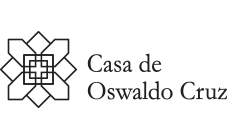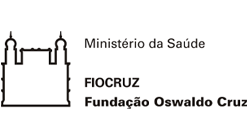Quem somos
O Observatório História e Saúde, vinculado ao Departamento de Pesquisa da Casa de Oswaldo Cruz e integrante da Rede Observatório de Recursos Humanos em Saúde – ObservaRH, (SGTES-MS/OPAS- OMS), foi instituído em 2004, por iniciativa conjunta da Organização Pan-americana da Saúde (Opas), do Ministério da Saúde e da Fiocruz
Missão
O Observatório tem por missão mobilizar e produzir conhecimento acerca dos processos históricos em saúde, em diálogo privilegiado com a Saúde Coletiva e demais abordagens sociais da saúde, para apoio aos processos de formulação, monitoramento e avaliação de políticas no âmbito do atual sistema de saúde brasileiro.
Lorem Ipsum is simply dummy text of the printing and typesetting industry. Lorem Ipsum has been the industry’s standard dummy text ever since the 1500s, when an unknown printer took a galley of type and scrambled it to make a type specimen book. It has survived not only five centuries, but also the leap into electronic typesetting, remaining essentially unchanged. It was popularised in the 1960s with the release of Letraset sheets containing Lorem Ipsum passages, and more recently with desktop publishing software like Aldus PageMaker including versions of Lorem Ipsum.
Lorem Ipsum is simply dummy text of the printing and typesetting industry. Lorem Ipsum has been the industry’s standard dummy text ever since the 1500s, when an unknown printer took a galley of type and scrambled it to make a type specimen book. It has survived not only five centuries, but also the leap into electronic typesetting, remaining essentially unchanged. It was popularised in the 1960s with the release of Letraset sheets containing Lorem Ipsum passages, and more recently with desktop publishing software like Aldus PageMaker including versions of Lorem Ipsum.
Lorem Ipsum is simply dummy text of the printing and typesetting industry. Lorem Ipsum has been the industry’s standard dummy text ever since the 1500s, when an unknown printer took a galley of type and scrambled it to make a type specimen book. It has survived not only five centuries, but also the leap into electronic typesetting, remaining essentially unchanged. It was popularised in the 1960s with the release of Letraset sheets containing Lorem Ipsum passages, and more recently with desktop publishing software like Aldus PageMaker including versions of Lorem Ipsum.




